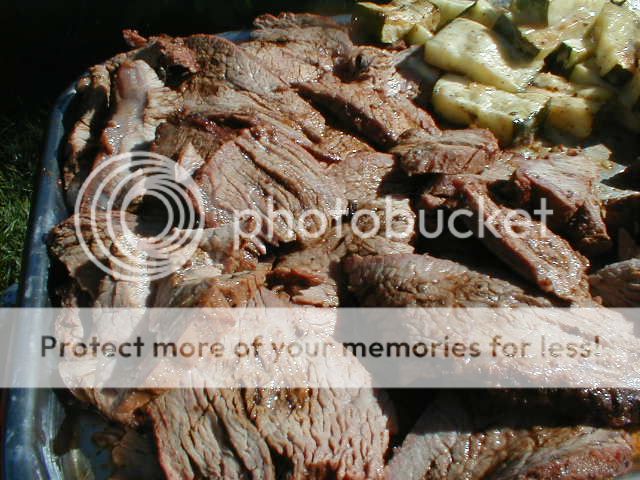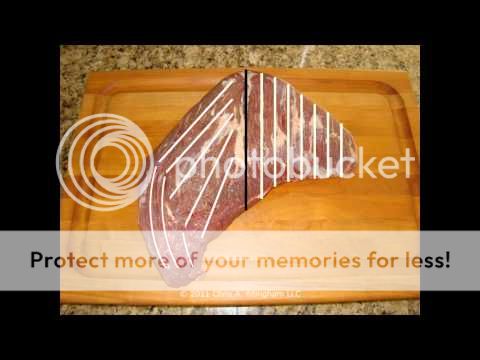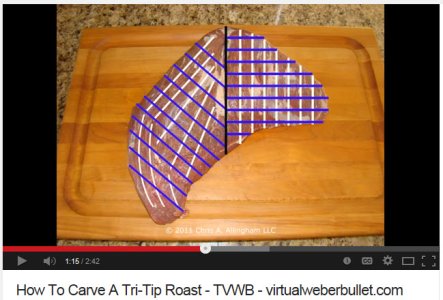haroldaugustine
Found some matches.
Hi, I'm new to kamado style grillin' (Char-Griller Akorn). I've cooked a 4.5lb pork butt with success (250 indirect for about 8hrs I think it was). I've cooked a 4lb pork tenderloin and had success starting at 250 (indirect) then ramping to 325 staying indirect (can't remember my internal temps-rats).
I'm now looking to cook a 2.6lb tri-tip. I have my rub picked out (John Henry's Summer Peach Rub) but I'm not sure whether to go indirect low and slow or direct at around 350. Also I'm not sure on what kind of an internal temp I should be looking for.
Any help given would be greatly appreciated.
I'm now looking to cook a 2.6lb tri-tip. I have my rub picked out (John Henry's Summer Peach Rub) but I'm not sure whether to go indirect low and slow or direct at around 350. Also I'm not sure on what kind of an internal temp I should be looking for.
Any help given would be greatly appreciated.




